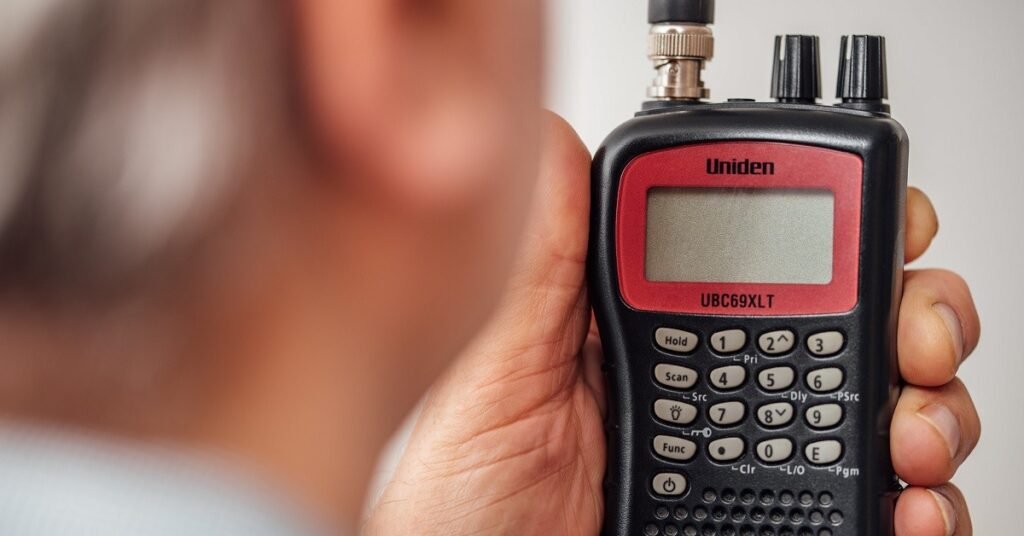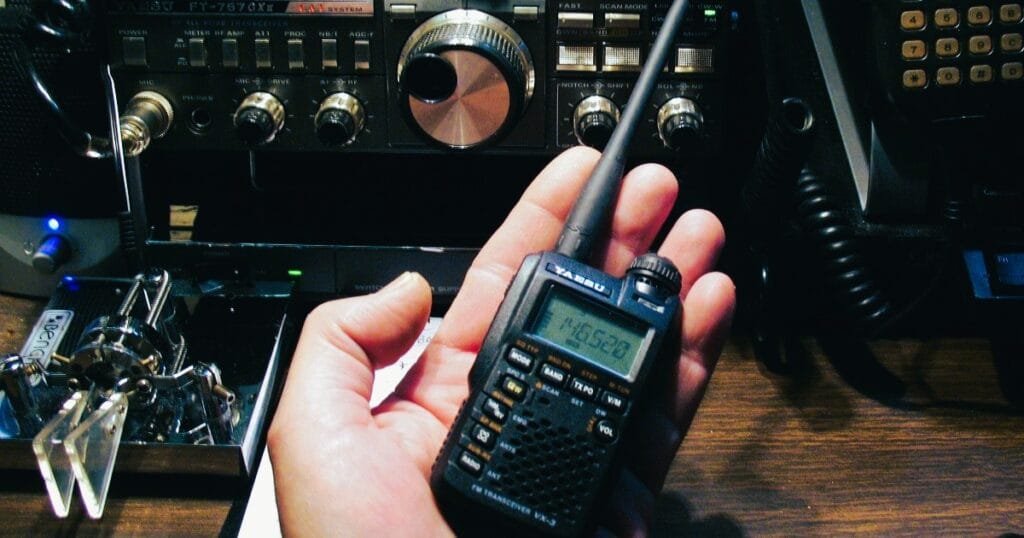Table of Contents
ToggleHam Radio Repair: What to Do When Your Handheld Radio Dies
Hello, fellow radio enthusiasts and ham radio repair explorers! Welcome back to TalkieTrail, your one-stop shop for anything walkie-talkie, ham radio, and technical problems. Today, we’re taking on a difficulty that may torment even the most experienced radio enthusiasts: a portable radio that has gone quiet.
I recently acquired a vintage Motorola HT-90 walkie-talkie, which is beautiful. By a stroke of luck, my little love chose to step down. There’s no power, no beeps, just dead quiet. But, per my usual protocol I wasn’t about to surrender easily and just walk out the door. So join me in my TalkieTrail workshop as I try to resuscitate an old buddy. And who knows, if your portable radio ever dies, these steps may well restore it back to life. We have to check out all the possible reasons and resolve.
Step 1: Check the Power Source
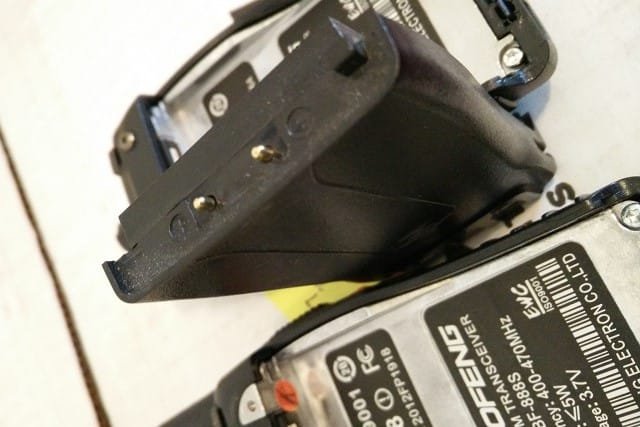
When your radio refuses to turn on, the power supply is the most apparent place to look. Power problems might range from a flat battery to a defective charger. Time to look at some of the most common issues and find out possible solutions for them.
Battery Inspection
First, check the battery. This could be deep to view through a visual investigation. Has the battery bloated, started leaking or is corroded? If so, it is probably an indication that the battery pack has degraded to a point where you will consider replacing the battery. If the battery looks OK, try charging it to find out. A top up that lasts for just a few hours could already change everything.
Is the battery dying so fast? Check this out.
Battery Contacts
Next, examine the battery connections. Over time, dirt and rust can accumulate in these tiny connections, disrupting the efficient flow of electricity. To clean them, use a soft cloth swab and rubbing alcohol or if you have a pencil eraser around, carefully brush it across the contacts to remove any lingering filth. Shiny connections indicate stronger conductivity, which means your radio has a better chance of turning on.
Are you a ham radio user looking for clear instructions on which field battery to choose? Click here for detailed information.
Charger Troubleshooting
Your charger might potentially be a weak point in the chain. Make sure the gadget is producing the right voltage output by testing it with a multimeter to confirm the correctness of the voltage. If you have an extra charger that is compatible with your radio, try it to see if it makes any difference. A malfunctioning charger can sometimes give the appearance of a dead radio.
Power Button Check
Don’t forget the modest power button! On older models, such as mine HT-90, the power button may become clogged with time, preventing it from functioning correctly. Clean it up with some rubbing alcohol, making sure it slides easily and makes contact when pressed.
After running these power-related tests, I had great hopes for my HT-90. But it stayed silent. On to the next phase!
Step 2: Perform a Reset for Ham Radio Repair
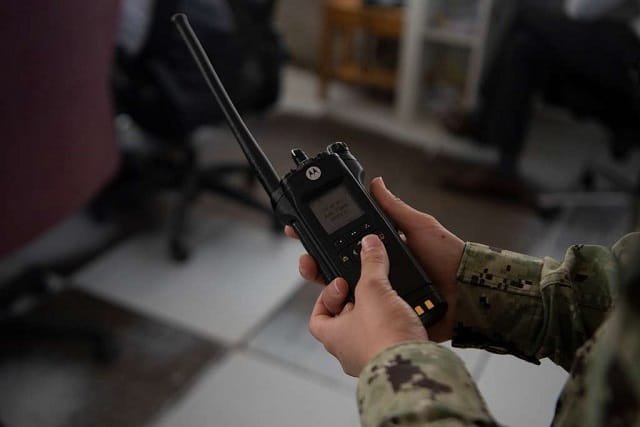
When all else fails, a reset may be the solution to your radio’s problems. In the realm of devices, a reset is like a new beginning—an opportunity to clean up any temporary problems and return the device to its former splendor.
Soft Reset: The Gentle Approach
Many modern radios provide a soft reset option, which is simply a restart without erasing any saved settings. This may be accomplished by pressing and holding specific buttons while turning on the device. Unfortunately, my reliable HT-90 is too old for this function, so I had to resort to more severe means.
Hard Reset: The Nuclear Option
A hard reset, on the other hand, clears everything and restores the radio to its original settings. Consider it a complete system reset, with each component getting a fresh start, similar to restarting a complicated network to restore everything to its peak performance. While it might be nerve-racking, especially if you have essential settings saved, it is frequently the final resort for a malfunctioning device. In my instance, attempting to conduct a hard reset on the HT-90 proved problematic because it would not connect to any external programming tools. However, there are always new things to discover and explore, so you will never run out of possibilities to learn something amazing.
Step 3: Inspect for Physical Damage for Ham Radio Repair

If your radio still won’t work after power checks and resets, the issue might be hidden within. At this point, things start to become a little more complicated and technical. But for those of you who are bold enough to open your radio, here’s how to investigate.
Internal Connections: Hunting for Loose Wires
Once you’ve carefully opened your portable radio, examine all of the internal connections. Loose wires are a leading source of power outages and other problems. I discovered a few faulty wires inside my HT-90 that had become loose over time. After gently reattaching them, I felt a sense of optimism. Could this be the solution?
Checking Internal Circuits
Next, I checked the internal circuitry for signs of damage. Burn marks, shattered components, and broken solder joints can all indicate difficulty. I used a multimeter to ensure that all of the components were correctly connected. This step involves some technical knowledge, so if you’re unsure, check a guide or watch a video lesson.
Reattaching the loose wires fixed my HT-90, which started up with a happy crackling of static. However, not all radios are as simply resurrected. If you still have a dead handheld after this deep dive, it may be time to seek expert assistance.
Step 4: Seek Professional Help for Ham Radio Repair
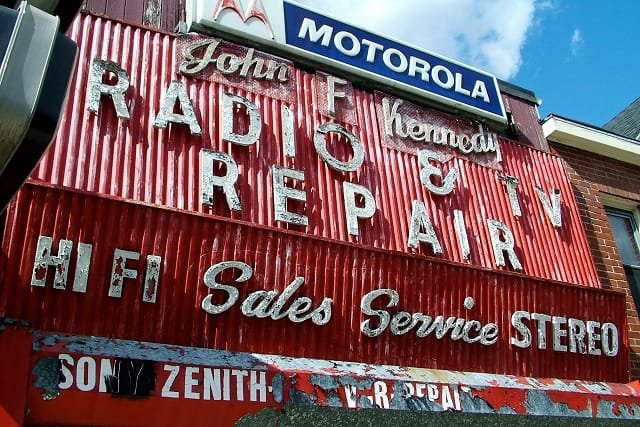
No matter how much troubleshooting you do, sometimes your radio doesn’t want to cooperate. Fine to call in support when that occurs.
Manufacturer or Retailer Support
If your radio device is under the warranty period then you better go to the manufacturer customer service or to the merchant from where you bought it. Now-a-days a lot of companies receive the damaged or malfunctioned radios and repair or replace them for free. Even if the radio is not under the warranty period, they will charge a little and repair it for you.
Local Technicians
If the manufacturer is not an option, consider contacting a local electronics repair business. Many professionals specialize in radio repairs and may solve problems that may be beyond your scope. Make sure you choose someone with a strong reputation who is knowledgeable with the model you’re working on.
Community Support
Finally, remember that community support can be incredibly powerful and valuable. Amateur radio groups and internet forums are full with enthusiastic members who are eager to provide assistance, troubleshooting hints, and even repair services. A brief post in a ham radio review community might link you with someone who has encountered—and resolved—the identical problem you’re having.
Prevent Future Issues
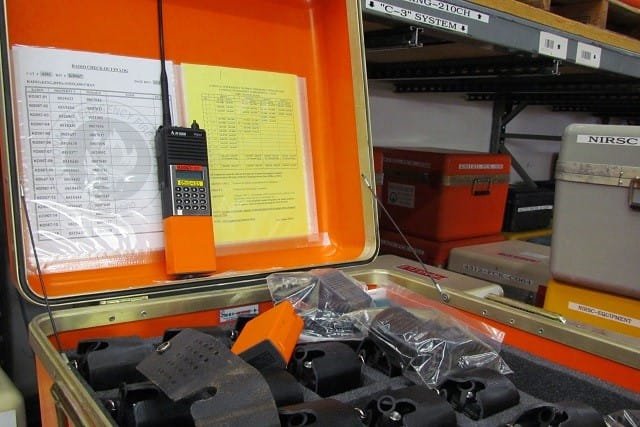
Now wonder we are so desperate to get our portable radios back (hopefully). Ultimately, you should be able to enjoy the great performance in your radio well into the future and maximize its life expectancy by following a maintenance program.
Regular Maintenance Tips
Clean: Wipe your radio down with a soft cloth once in a while to keep it all dust-free. Don’t use harsh chemicals that can strip the plastic or damage internals.
Battery Care: Do not let your battery run all the way down too often. Scheduled charging reduces degradation, as it does when I cared for the battery of your car. If you are not using the radio for an extended period of time, refresh or store the battery under cool and dry conditions.
Storage: In order to protect and maintain your CB radio for a longer time, situate it in a dry cool area free of moisture or that will expose the device to extreme heat levels. High or low temperatures and humidity are not only bad for internal components of a device, but it can also result in the reduction of its life expectancy.
Protective Accessories
Your portable radio will last long thanks to the few protective accessories you invest in.
Casing and Cases: A good case helps protect your radio when you bump, drop or scratch it. Make sure that it fits snuggly on your particular model, and provides a nice pillow of cushion.
Waterproof Bags: If you plan on using your radio out in the woods, or any other area where there is a chance of rain I would highly consider getting yourself a waterproof bag. It allows you to use the gadget while keeping moisture in it.
Final Thoughts: The Ham Radio Repair Perspective
Repairing a dead handheld radio might be a difficult process, but with patience and determination, it is frequently feasible to bring it back to life. Done with the basics? Check the power supply, reset the ham radio, and look for any physical damage. If everything else fails, consult a professional or seek guidance from the community. Of course, regular maintenance and the appropriate accessories can help avoid such issues.
This ham radio review walked you through the process of diagnosing and fixing a dead handheld radio. Whether you’re using an ancient Motorola HT-90 or a more current model, these instructions can help you get back on the air. Please feel free to post any anecdotes or advice you may have in the box below the comments. And, as usual, stay tuned to TalkieTrail for more tech adventures and amateur radio reviews! Happy fixing!
